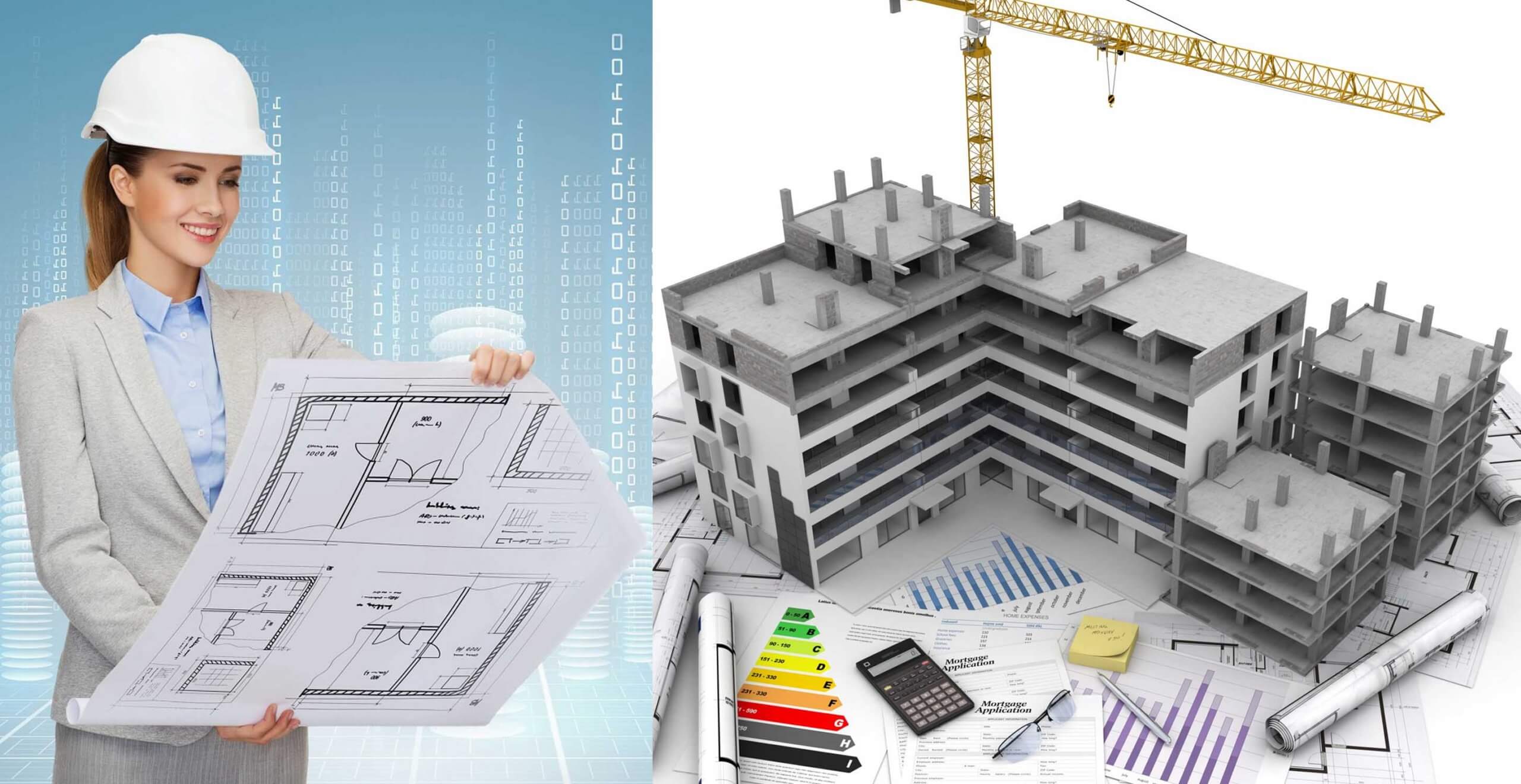1- Loads that engineers must consider in the design of buildings and bridges include dead loads, live loads, and environmental forces wind, earthquake, snow, and rain. Other types of structures such as dams, water tanks, and foundations must resist fluid and soil pressures and for these cases, specialists are often consulted to evaluate these forces.
2- The loads that govern the design of structures are specified by national and local building codes. Structural codes also specify additional loading provisions that apply specifically to construction materials such as steel, reinforced concrete, aluminium, and wood.
3- Since it is unlikely that maximum values of live load, snow, wind, earthquake and so forth will act simultaneously, codes permit a reduction in the values of loads when various load combinations are considered. The dead load, however, is not reduced unless it provides an adverse effect, such as when determining the uplift force on a footing.
4-To account for dynamic effects from moving vehicles, elevators, supports for reciprocating machinery, and so forth, impact factors that increase the live load are specified in building codes.
5- In zones where wind or earthquake forces are small, low-rise buildings are initially proportioned for live and dead load, and then checked for wind or earthquake, or both, depending on the region; the design can be easily modified as needed. On the other hand, for high-rise buildings located in regions where large earthquakes or high winds are common, designers must give high priority in the preliminary design phase to select structural systems (for example, shear walls or braced frames) that resist lateral loads efficiently.
6- Wind velocities increase with height above the ground. Values of positive wind pressures are given by the velocity pressure exposure coefficient Kz tabulated.
7- The wind bracing system in each direction must be designed to carry the sum of the wind forces on the windward and leeward sides of the building.
8- For tall buildings or for buildings with an unusual profile, wind tunnel studies using instrumented small-scale models often establish the magnitude and distribution of wind pressures. The model must also include adjacent buildings, which influence the magnitude and the direction of the air pressure on the building being studied.
9- The ground motions produced by earthquakes cause buildings, bridges, and other structures to sway. In buildings, this motion creates lateral inertia forces that are assumed to be concentrated at each floor. The inertia forces are greatest at the top of buildings where the displacements are greatest.
10- The magnitude of the inertia forces depends on the size of the earthquake, the weight of the building, the natural period of the building, the stiffness and ductility of the structural frame, and the soil type.
11- Buildings with a ductile frame (that can undergo large deformations without collapsing) may be designed for much smaller seismic forces than structures that depend on a brittle structural system (for example, unreinforced masonry).
12- Tsunami is a set of powerful waves that generate hydrostatic and hydrodynamic lateral loads on structures. Due to inundation, floors can take on large additional gravity loads due to retained floodwater.
13- Hydrostatic uplift forces affect even partially submerged water-tight structures, which causes tsunami waves to be full of large dangerous and damaging debris. This requires structures also be designed in consideration of large debris impact loads.



